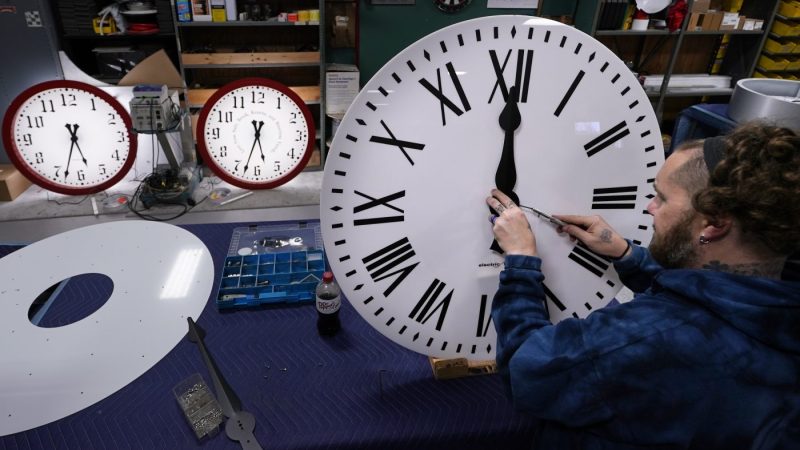
The End of Daylight Saving Time and the Push for Permanent Change
As the calendar flips to November, it’s time for another annual ritual: turning the clocks back to standard time. This year, the end of daylight saving time (not “savings” time) will occur on Sunday, marking the conclusion of a seasonal shift that has been in place for decades. While many Americans have grown accustomed to this biannual adjustment, there is growing momentum across the country to eliminate the practice altogether.
The transition from daylight saving to standard time typically involves setting clocks back by one hour, which means people will gain an extra hour of sleep. However, not all states are experiencing this change equally. In fact, only two states have managed to skip the second seasonal time change this year, allowing residents to avoid the disruption of losing an hour of sleep.
States Moving Toward Permanent Daylight Saving Time
In recent years, several states have taken steps to adopt permanent daylight saving time, aiming to eliminate the need for the twice-yearly clock changes. As of now, nine additional states have passed legislation to implement permanent daylight saving time, although these were unintentionally omitted in earlier reports. These states are seeking to maintain the longer daylight hours associated with daylight saving time throughout the entire year.
The push for permanent daylight saving time has gained significant traction due to concerns about the health and safety impacts of the current system. Studies suggest that the abrupt shift in time can lead to increased instances of heart attacks, traffic accidents, and disruptions in sleep patterns. By eliminating the need to adjust clocks twice a year, supporters argue that the overall well-being of citizens could improve.
Why the Debate Continues
Despite the growing support for permanent daylight saving time, the issue remains complex. One of the main challenges is the lack of federal legislation to make such changes official. While individual states can pass laws to keep their clocks in daylight saving time year-round, they cannot unilaterally change the national time zones without approval from Congress. This has led to a patchwork of policies across the country, with some regions operating under different time standards than others.
Additionally, there are concerns about the impact of permanent daylight saving time on energy consumption. Some argue that maintaining longer daylight hours during the winter months could increase electricity usage for heating and lighting. Others counter that the benefits of extended evening sunlight outweigh these potential costs.
What’s Next for Time Changes?
As more states continue to advocate for permanent daylight saving time, the conversation around time changes is likely to evolve. Public opinion is shifting, with many Americans expressing frustration over the need to adjust their clocks twice a year. The debate also highlights broader discussions about how society interacts with time and the importance of aligning daily routines with natural light cycles.
For now, the transition to standard time will proceed as usual, but the movement toward a more consistent and predictable time system shows no signs of slowing down. Whether permanent daylight saving time becomes the norm or not, the ongoing dialogue reflects a growing desire for change in how we measure and experience time.

Post a Comment